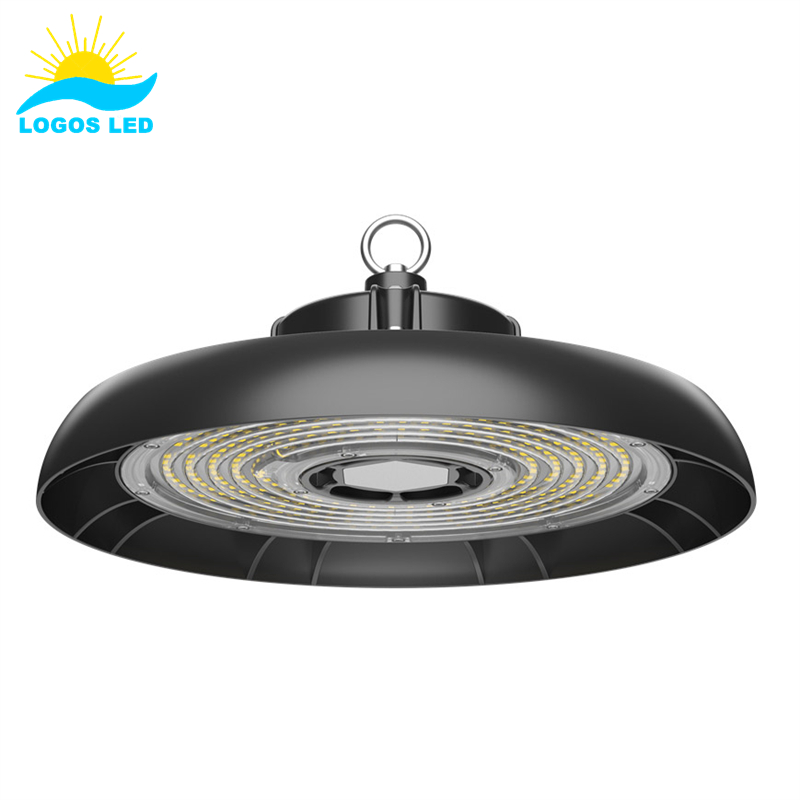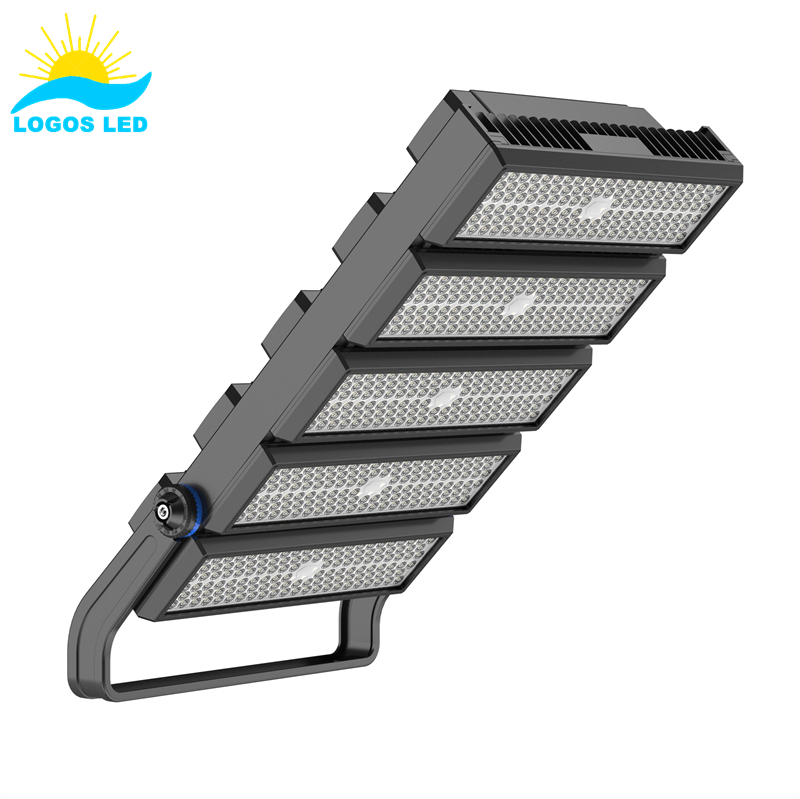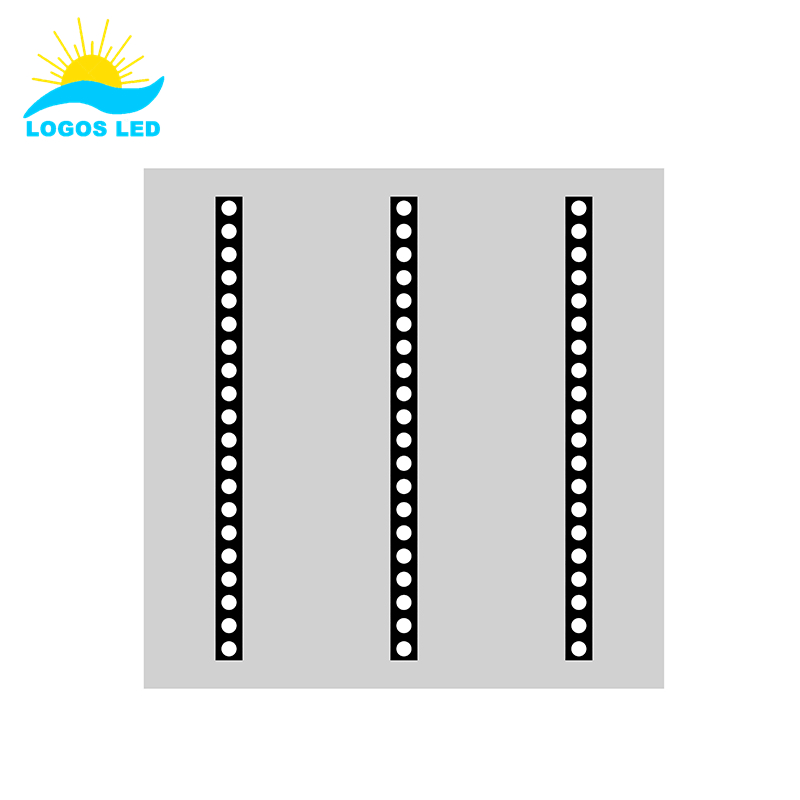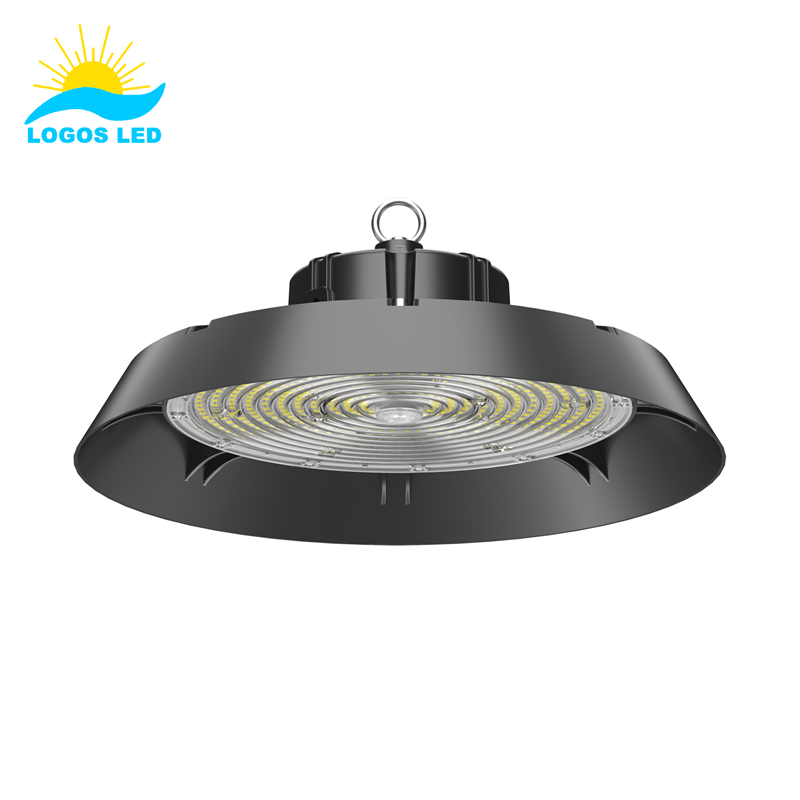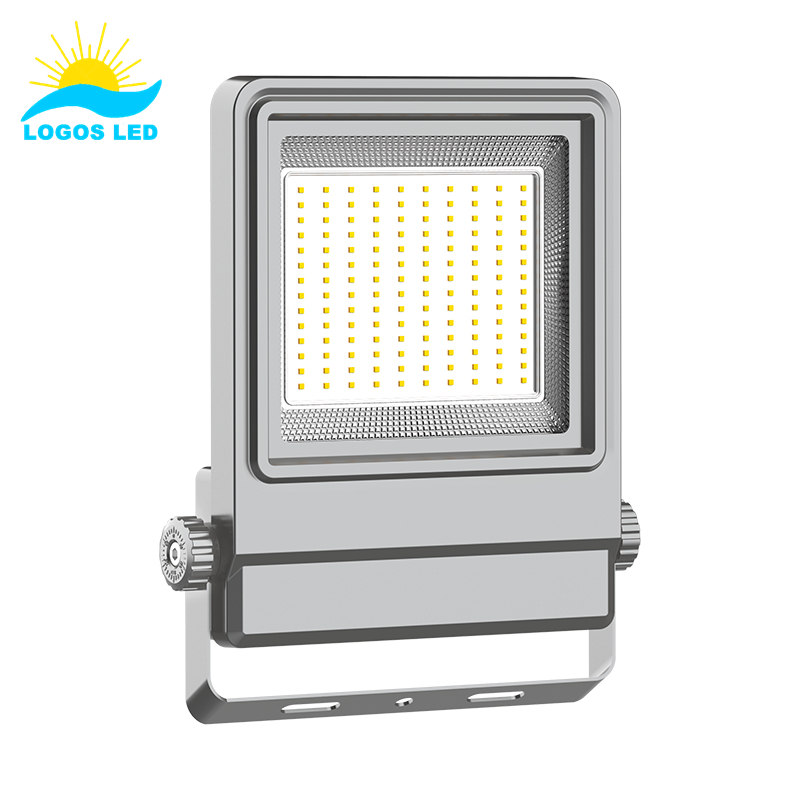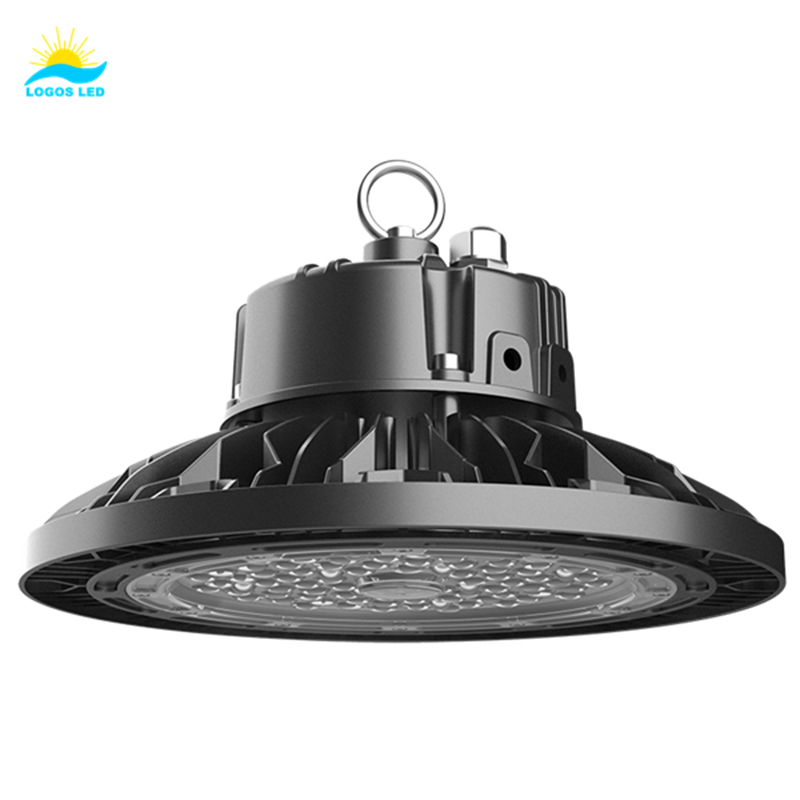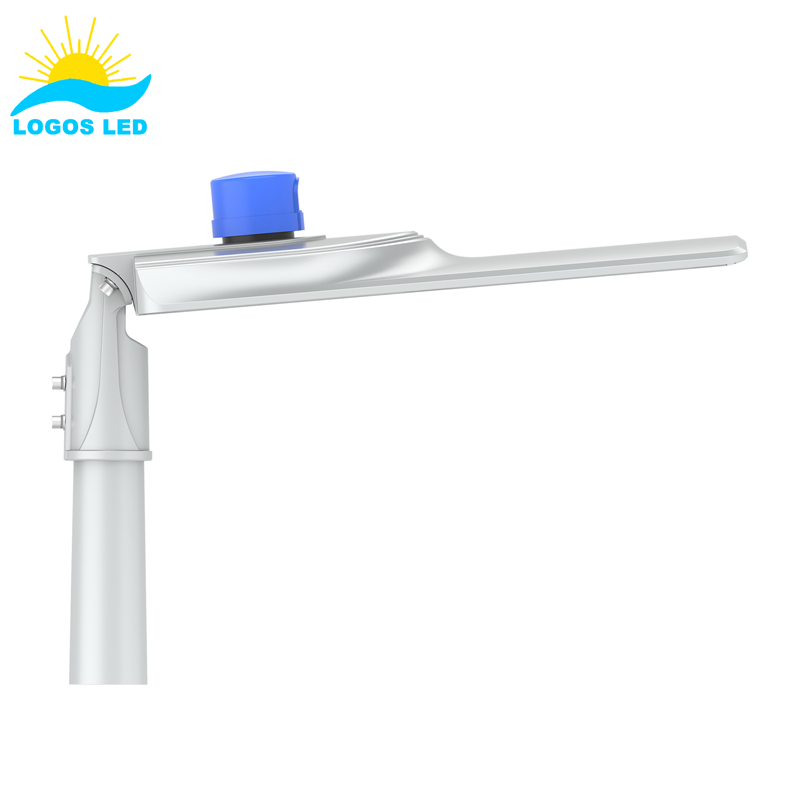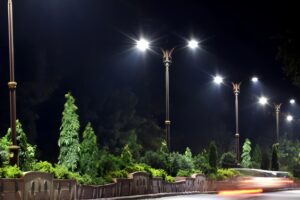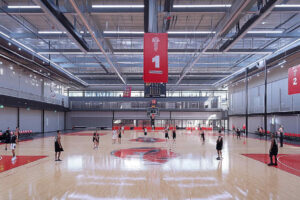Pain points in basketball court lighting can lead to poor visibility and player fatigue, escalating safety risks and detracting from the game experience. However, modern LED lighting solutions offer effective remedies that enhance both player performance and spectator enjoyment.
Designing LED lighting for basketball courts involves key considerations to ensure optimal visibility and safety. Key aspects include setting the correct lux levels (300-750 lux for indoor, up to 1500 lux for professional courts), using a neutral white color temperature (4000K to 5700K), and ensuring high color accuracy (CRI above 80). It’s also crucial to control glare, use energy-efficient LEDs with smart controls, and adhere to durability standards like IP65 for outdoor use. Strategic fixture placement and compliance with lighting standards like EN 12193 or IES RP-6-20 are essential for uniform lighting and a professional, safe playing environment.
To delve deeper into what makes effective basketball court lighting, keep reading for detailed insights and guidelines.
Table of Contents
LED Basketball Court Lighting Design Factors & Considerations
Designing LED lighting for a basketball court requires careful attention to multiple factors to ensure players and spectators enjoy optimal visibility, safety, and comfort. Below are the key considerations:
1. Lux Level and Illumination Standard
The lux level, or the intensity of light on the playing surface, is a critical factor. Indoor courts often require 300-750 lux, while professional courts may need up to 1500 lux for broadcasting purposes. It’s essential to adhere to relevant lighting standards like EN 12193 or IES RP-6-20 to ensure consistent and uniform lighting across the court, avoiding dark spots that could impact gameplay.
2. Color Temperature and Rendering
A neutral white color temperature between 4000K and 5700K is typically preferred for basketball courts. High color rendering index (CRI) above 80 ensures accurate color visibility, helping players track the ball and distinguish between team jerseys. Read more about LED Light Color Temperature: Which is Best for Sports Field Lighting?
3. Glare Control
Excessive glare can distract players and reduce comfort for spectators. Anti-glare lenses or hoods should be employed in LED fixtures to minimize direct and reflected glare, ensuring clear visibility without causing discomfort.
4. Energy Efficiency
Modern LED luminaires provide excellent energy savings compared to traditional lighting systems. High-efficiency LEDs paired with smart controls, like motion sensors and dimmers, reduce operational costs without compromising performance.
5. Protection against Surges and IP Rating
Basketball court lights must be protected against electrical surges, especially in outdoor setups. An IP65 or higher rating is necessary for outdoor lighting to shield fixtures from dust and water ingress, ensuring durability in varying weather conditions.
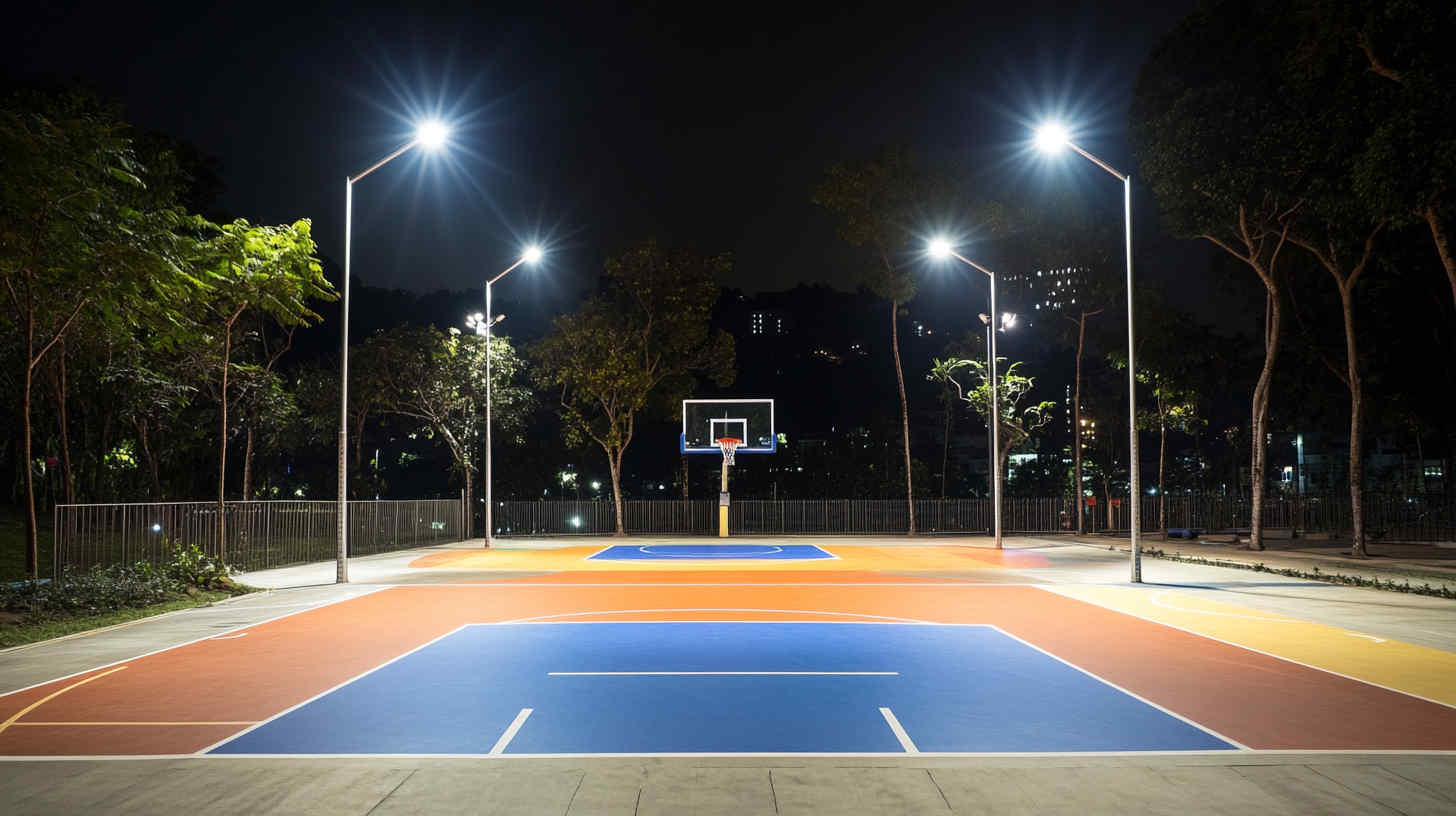
6. Lighting Arrangement and Placement
Fixtures should be strategically placed to avoid shadows or uneven light distribution. Symmetrical and asymmetrical beam angles can be used depending on the court size and height of the poles. Optimal placement reduces glare and enhances uniformity.
Types of Arrangements:
Side Arrangement: LED fixtures are positioned on the sides of the court, providing even light distribution while minimizing glare. This setup is suitable for Class I and II courts where uniformity is crucial.
Top Arrangement: Fixtures are mounted above the court, making it a more economical choice for low-ceiling venues. However, this may lead to lower vertical illumination and increased shadows, typically used in Class III courts.
Mixed Arrangement: Combines both top and side placements to achieve a balanced lighting effect. This is often used in multi-purpose sports facilities.
7. Compliance with Standards
All lighting designs must comply with local and international standards. This includes safety regulations, light pollution guidelines, and specific sports lighting standards to ensure a professional and safe playing environment.
By integrating these considerations into the lighting design, basketball courts can achieve excellent visibility, energy efficiency, and durability, creating a superior experience for players and audiences alike.
Basketball Court Lighting Requirements & Standards
Lighting plays a vital role in ensuring basketball courts meet safety, performance, and visual comfort requirements. Below are the key standards defined by FIBA (International Basketball Federation) and specific considerations for televised events.
1. FIBA Indoor Basketball Court Lighting Standard
For indoor basketball courts, FIBA specifies different lighting levels based on the level of competition:
– Training and Recreation: Minimum 200 lux with a uniformity of 0.5.
– Regional Competitions: Minimum 500 lux, uniformity of 0.7.
– National Competitions: Minimum 750 lux, uniformity of 0.7.
– International Competitions: Minimum 1500 lux, uniformity of 0.8.
Lighting must be evenly distributed to avoid shadows. The use of high CRI LEDs (above 80) ensures accurate color representation for players and spectators.

Indoor basketball-court-lighting-design
2. FIBA Outdoor Basketball Court Lighting Standard
Outdoor basketball courts require robust lighting to withstand environmental conditions while providing sufficient illumination:
– Recreational Use: Minimum 200 lux, with a uniformity ratio of 0.5.
– Amateur Competitions: Minimum 300 lux, with a uniformity ratio of 0.6.
– Professional Competitions: Minimum 500 lux, with a uniformity ratio of 0.7.
Fixtures must be rated IP65 or higher to resist water and dust ingress. Anti-glare measures are critical to ensure player comfort and minimize light pollution in residential areas.

Outdoor basketball-court-lighting-design
3. Lighting Standard for Televised Basketball Events
Televised basketball games demand higher lighting standards to ensure clarity for cameras and viewers:
– Illumination Levels: A minimum of 1500-2000 lux on the court surface.
– Horizontal and Vertical Uniformity: Uniformity ratios of at least 0.8 are required for both horizontal and vertical illumination to ensure consistent brightness across all camera angles.
– Color Temperature: 4000K to 6000K, with a CRI of 90 or above, to enhance color accuracy and provide vivid, natural visuals for broadcast.
– Flicker-Free Lighting: LED fixtures must be flicker-free to ensure smooth, high-definition video recording, especially for slow-motion playback.
By adhering to these standards, basketball courts can deliver an optimal playing environment while meeting the visual demands of spectators and broadcast networks.
Basketball Court Lighting Design Guideline
Proper lighting design is essential to ensure optimal visibility, safety, and performance on basketball courts. Below are the guidelines for court size, lighting layouts for indoor and outdoor setups.
1. Size of Basketball Court
The size of a basketball court varies depending on its purpose:
– FIBA Regulation Court: 28 meters (92 ft) long and 15 meters (49 ft) wide.
– NBA Court: Slightly larger at 28.65 meters (94 ft) long and 15.24 meters (50 ft) wide.
– Recreational Courts: May vary but typically align with standard dimensions for amateur use.
When designing lighting, the court size determines the number, positioning, and height of the fixtures needed to ensure even illumination.
2. Layout of Indoor Basketball Court Lighting
For indoor courts:
– Fixture Placement: Fixtures should be installed on both sides of the court, avoiding direct light aimed at players or spectators.
– Mounting Height: Lights are typically mounted at 6-12 meters (20-40 ft) above the playing surface to ensure a wide beam angle and uniform light distribution.
– Beam Angles: Use narrow to medium beam angles depending on fixture placement to focus light directly on the court.
– Uniformity: Ensure uniform light distribution with a uniformity ratio of at least 0.7 for professional courts.
For courts hosting televised events, additional lighting may be required to minimize shadows and ensure vertical illumination for cameras.
3. Layout of Outdoor Basketball Court Lighting
For outdoor courts:
– Pole Placement: Install light poles at the corners or along the sidelines of the court. Typically, 4 to 6 poles are used, depending on the court size and lighting requirements.
– Pole Height: Poles are generally 8-12 meters (26-40 ft) high to prevent glare and achieve wide coverage.
– Beam Angles: Asymmetrical beam angles are preferred to direct light onto the court while minimizing spill light and glare.
– Environmental Protection: Outdoor fixtures should have an IP65 rating or higher for protection against dust, rain, and temperature fluctuations. Anti-glare features help maintain player comfort and reduce light pollution.
By following these guidelines, lighting designs can provide excellent illumination tailored to the needs of indoor and outdoor basketball courts, creating an enjoyable and professional environment for players and spectators.
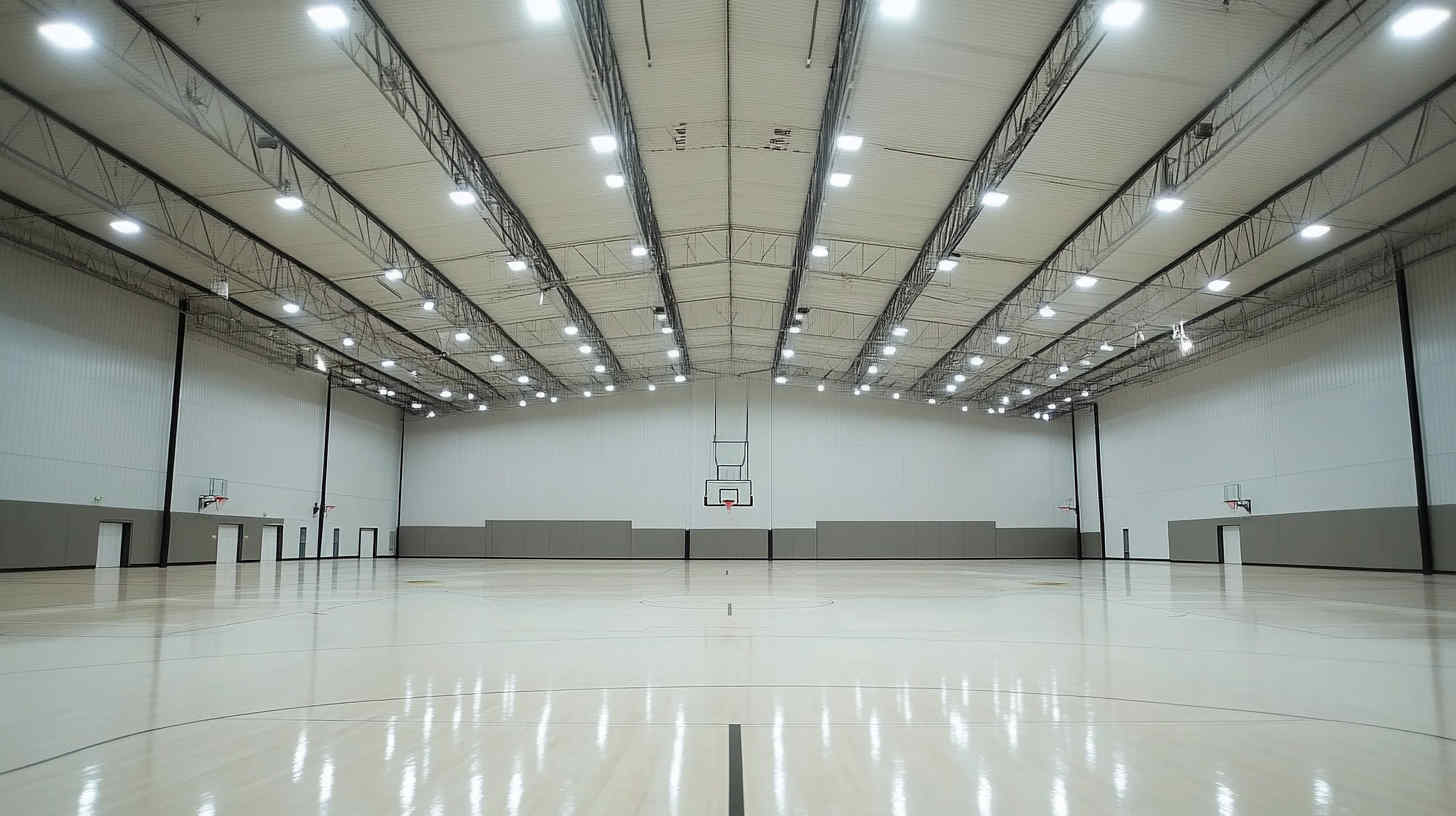
How Much Does LED Basketball Court Lighting Cost?
The cost of LED basketball court lighting varies based on the size of the court, the quality of the fixtures, and the specific requirements of the lighting design. Generally, investing in high-quality LED lights can lead to long-term savings due to lower energy consumption and maintenance costs.
What Are the Lighting Requirements for a Basketball Court?
Lighting requirements for a basketball court include a specific number of lumens per square foot, a minimum color rendering index (CRI), and adequate uniformity to reduce glare and shadows. These requirements help ensure that the court is well-lit for both players and spectators.
What Kind of Light Is Used in Basketball Courts?
LED lights are commonly used in basketball courts due to their efficiency, longevity, and ability to provide bright, uniform light. LEDs can be customized to fit various lighting needs and are ideal for both indoor and outdoor courts.
How to Light Up a Basketball Court at Night?
Lighting a basketball court at night requires strategic placement of lights to ensure uniform illumination without causing glare to players or spectators. Using poles of appropriate height and lights with adjustable angles can help achieve this balance.

How Many Lumens Do I Need for an Outdoor Basketball Court?
An outdoor basketball court typically requires between 10-100 lumens per square foot, depending on the level of competition and the size of the court. Higher lumens are necessary for competitive play to ensure clear visibility and color accuracy.
What Is the Best Color for an Outdoor Basketball Court?
While the color of the court surface is a personal choice, lighter colors reflect light better, enhancing visibility during play. Choosing a surface color that contrasts with the ball and players’ uniforms can also improve the overall visibility.
Conclusion
In conclusion, designing effective basketball court lighting involves understanding and integrating various factors and standards to ensure optimal visibility and safety. By embracing LED technology and following precise guidelines, you can create a well-lit environment that enhances the playing experience for everyone involved.
Request A Free Quote Now!
Send us a message if you have any questions or request a quote. We will get back to you ASAP!



